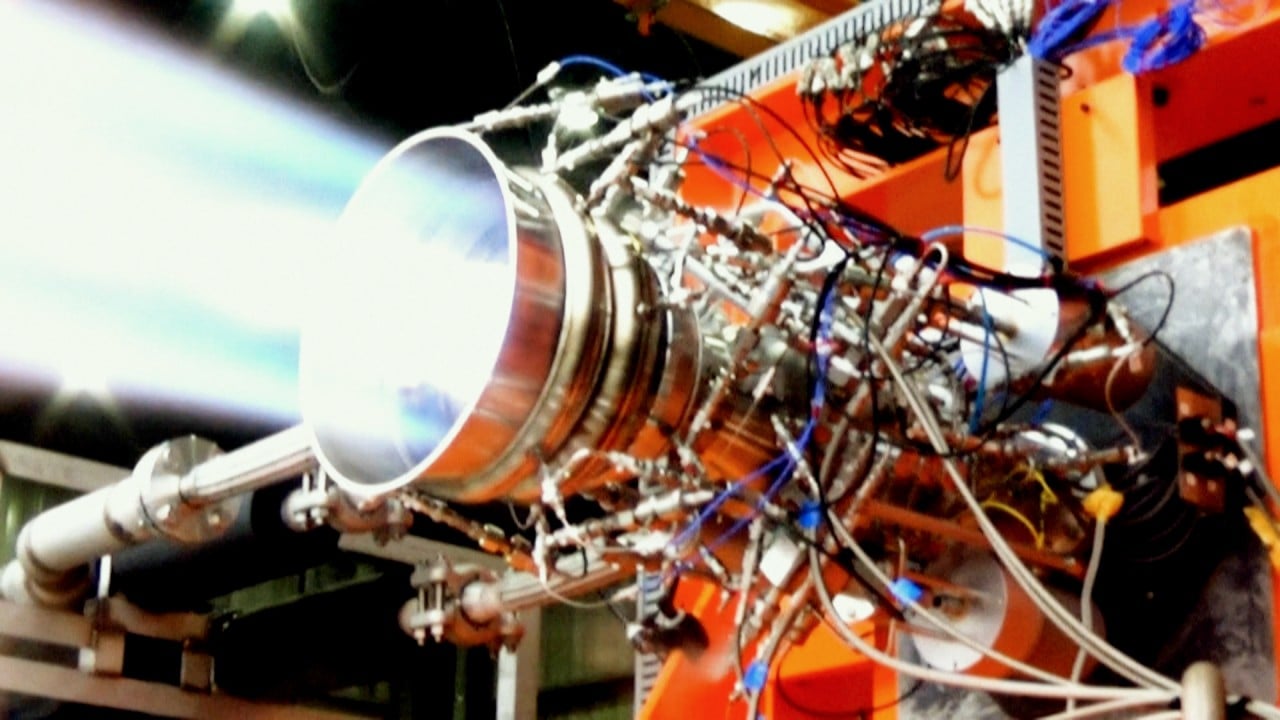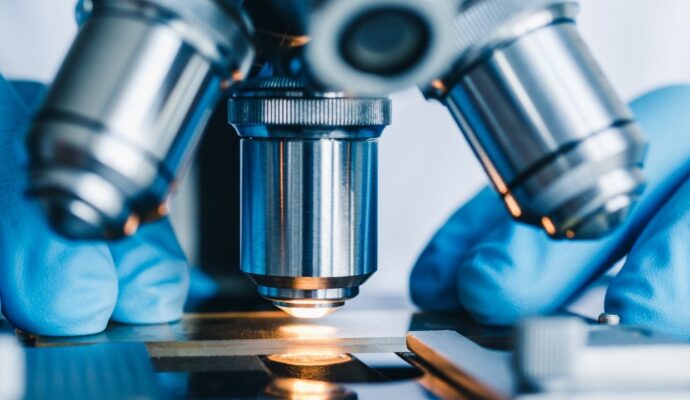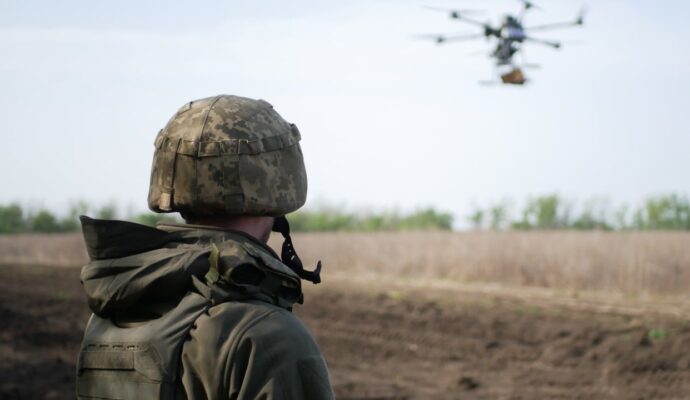“ILOA was honoured to have participated in the first China-America cooperation on the moon with a Chinese instrument. Now we are pleased to announce the plan to reciprocate on the long-standing Memorandum of Understanding,” ILOA founding director Steve Durst said.
NAOC astronomer Zheng Yongchun said he was sincerely happy for ILOA.
“I know they have been working on this project for years, and that they encountered many difficulties along the way as a non-government organisation. Now, it’s wonderful to see them score a major, substantive victory.”
Zheng’s colleague Xue Suijian, who was a driving force behind the signing of the NAOC-ILOA agreement, said he still remembered watching the landing of Chang’e 3 with Durst at NAOC a decade ago.
Now, watching the landing of Odysseus online from his home in Beijing, Xue said he would like to congratulate the US for returning to the moon after more than 50 years.
“I believe the cameras on Odysseus will bring us exciting news very soon. We look forward very much to working with ILOA again, for galactic surveys and more,” he said.
US-China space race fuelled by lunar landings and orbital ‘parking spots’
US-China space race fuelled by lunar landings and orbital ‘parking spots’
As a precursor to ILOA’s coming flagship moon observatory ILO-1, ILO-X will also test some of the key technologies to be used on the ILO-1, according to Durst.
Results from NAOC observations with ILO-X, as well as those from about 10 other invited observatories, will be presented at an international forum organised by the Hawaiian non-profit to take place in Hainan in December, Durst said.
The 15mm-diameter lunar ultraviolet telescope on board Chang’e 3 is the world’s first long-term astronomical observatory on the lunar surface. It is still working, after a decade of monitoring stars and conducting sky surveys.
As a private, non-profit enterprise, ILOA also signed an MOU with China’s Deep Space Exploration Laboratory last year for potential collaborations on the International Lunar Research Station (ILRS).



